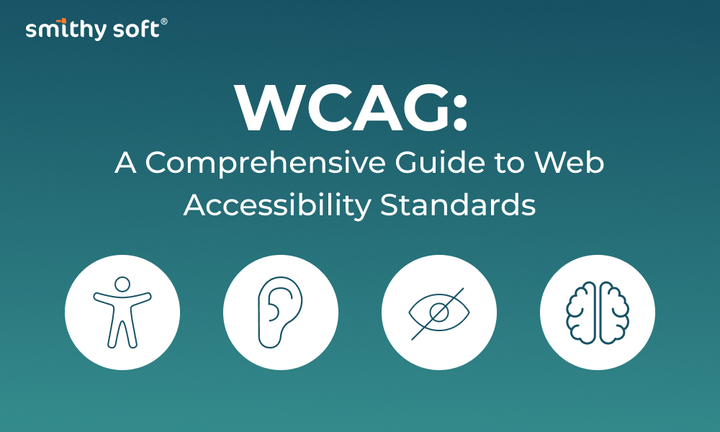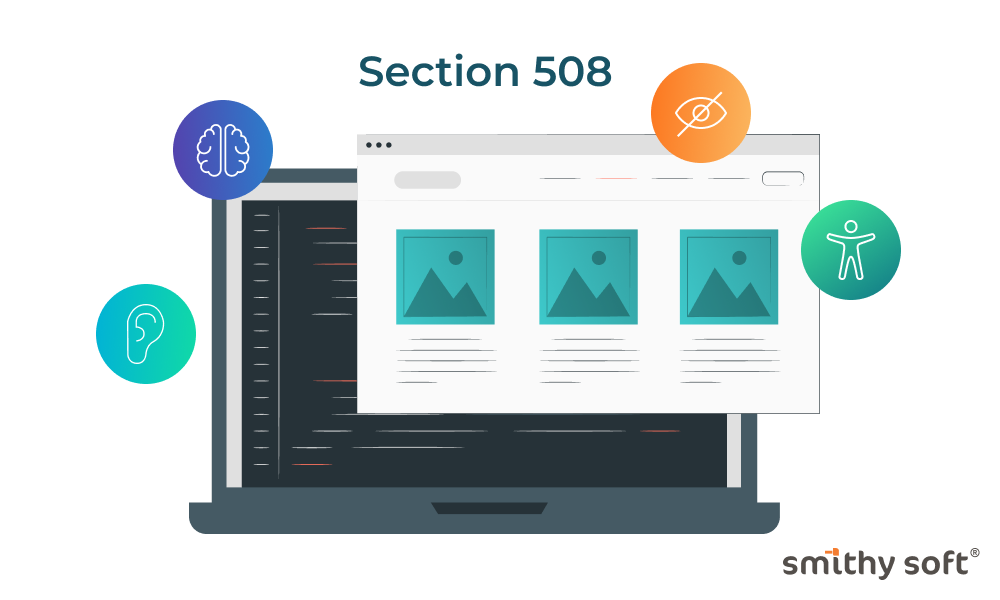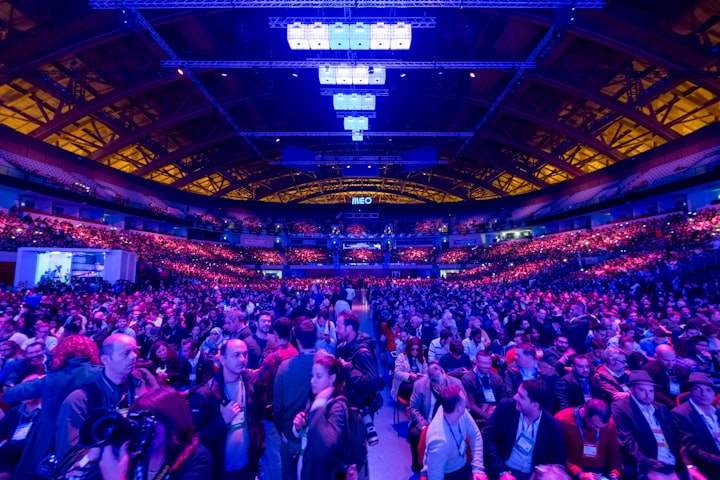Top VR Creation Apps for 2025: Our Expert Picks

2024 has taken a big step forward in the use of immersive technologies in our lives. This is especially true for companies that sought to improve learning and operational processes with the help of progressive technologies – and did so.
Last year, virtual reality ceased to be a tool mainly for gaming or entertainment. Augmented and virtual reality technologies (AR and VR) began to be widely used for remote collaboration, training, testing and prototyping, in many creative attractions.
Hardware for virtual reality is becoming more accessible and convenient to use; it is no longer a luxury and unique. In addition, Web Extended Reality (WebXR) is rapidly developing, which allows one to immerse oneself in virtual worlds and enjoy exciting experiences without programs or devices.
And the number of services adapted for virtual reality is also increasing. Bloggers write that a whole new market of virtual reality services is now opening up for consumers and companies. Add to this the limitless possibilities of AI – and you get a “pass” to an unexplored dynamic virtual world, which reacts and changes quickly, marking a significant breakthrough in the future of virtual reality.
Virtual reality software creates immersive digital experiences, allowing users to interact with a simulated environment. It transforms your ideas into a VR software solution – an immersive experience with which you will unlock the potential to engage your audience in modern and quite promising ways.
What is VR Software?
Virtual reality software is computer programs and applications that allow users to immerse themselves in a simulated multidimensional environment. VR software development uses advanced technologies to create a sense of presence and interactivity, hyper-sensitivity, etc., allowing users to interact with virtual objects as if they were real.
VR software relies on a combination of hardware and software components to create a convincing virtual experience.
Hardware for virtual reality apps typically includes a VR headset that users wear to view the virtual environment and input devices such as controllers or gloves to interact with the virtual world. The software component is responsible for creating and rendering the virtual environment, as well as tracking the user’s movements and input.
A key principle of VR software solutions is to create a sense of presence so that users feel like they are physically present in the virtual environment. This is achieved through a process called “deep immersion,” where the software stimulates multiple senses to create a realistic interactive experience.
How does VR software work?
VR software receives inputs from hardware that operates in a physical world and transfers them to the virtual world generator (VWG), enabling the app to constantly render the simulation for the VR. The software uses recorded images, computer-generated images (CGI), or a combination of both to create the perception of the real world as opposed to the VR world.
Besides that, VR software is trying to accord the user’s motion in the physical world to their motion in the virtual world. To do so, it needs to ensure that all the viewpoints of objects line up to where they should be. The software takes physics into account by applying different algorithms to similar physics in the physical world. These algorithms decide how simple or complex a VR world should be.
VR environments are developed on a computer using specialized virtual reality software. Programming and 3D modeling skills are required to use them.
Best Virtual Reality Software in 2025
1. Unity
Known for its ability to create immersive, highly interactive AR experiences that seamlessly blend the digital and physical worlds. This powerful tool is particularly appreciated for its robust set of resources and advanced software development platform designed specifically for AR creators.
As a universal solution, Unity is used in a wide range of industries, including automotive, industrial, government, architecture, energy, and retail.
The Unity platform provides a complete set of software solutions for creating and working with 2D and 3D content in real-time for many platforms, including mobile phones, tablets, PCs, consoles, and augmented and virtual reality devices.
Unity offers free subscriptions for new users and students as well as several paid subscriptions based on creative needs.
2. Maya (by Autodesk)
It’s a is professional 3D animation and visual effects software. From fantasy creatures to stunning landscapes and dynamic combat, the Maya toolset is the best choice for creating realistic characters and worlds.
Maya offers the following capabilities:
- Create 3D props, environments, and characters with advanced polygon and NURBS object modeling tools.
- Develop procedural materials with multiple tools using the LookdevX material creation plugin.
- Meshing and animation (bring your characters to life with features such as keyframe animation, nonlinear animation, and motion capture animation).
- Create physically accurate simulations and effects such as explosions and ocean surfaces with Bifrost.
- Improve collaboration with integrated open standards such as OpenUSD (Universal Scene Description)
3. ARCore
ARCore from Google offers a complete set of tools that can seamlessly integrate virtual content into real environments. Key features of the software (motion tracking, surface detection, and lighting estimation) allow you to create complex AR applications that respond to the physical world with impressive accuracy and realism.
ARCore works with both Android and iOS and can render 3D objects on multiple devices simultaneously, facilitating seamless interactions between users and their environment. The platform also integrates with Google’s Tilt Brush for 3D painting, allowing developers to create stunning visual content that seamlessly interacts with the physical world.
4. Openspace3D
A great example of the 3D applications creation platform. Provides powerful, user-friendly tools for creating a wide range of experiences – from virtual reality applications to augmented reality games.
It’s a free and open-source platform that offers complete freedom to users in customizing and improving the software according to their needs.
Openspace3D stands out for its simplicity and accessibility, allowing users of all skill levels to create immersive 3D experiences. It integrates with a wide range of interactive devices and can create projects for all major platforms (Windows, Linux, Android, MacOS, iOS, Raspberry Pi).
5. 360° media
This app is one of the best for creating panoramic content. This is a dynamic tool designed for creating and viewing panoramic content, allowing users to immerse themselves in immersive visual experiences.
The main peculiarity of the app is that its built-in tool for 360° video-and-image-creating is of great help to developers in enhancing traditional apps with immersive content. For example, a 360-degree video can be integrated into a travel app to let viewers plan their holiday by taking a dive underwater or into a home-building app to let potential buyers take a virtual tour of their home before it’s built.
While 360° media supports true stereoscopic VR playback through compatibility with VR platforms like Google Cardboard, it can also project to a simple “magic window” that can be viewed from desktop browsers and mobile apps without any special VR hardware.
6. Strivr
The XR learning platform of choice for the world’s leading enterprises. Strivr empowers teams to drive employee engagement, productivity, and performance at scale through immersive, AI-powered learning experiences delivered in extended reality (XR) that include augmented reality (AR), mixed reality (MR), and virtual reality (VR).
From employee onboarding and professional development to operational security and customer service, Strivr enables companies and corporate teams to conduct engaging, interactive XR training for an endless variety of skills and use cases.
Experience Strivr on leading XR and VR headsets, including Apple Vision Pro, Meta Quest, Pico, HTC Vive, and more. For enhanced accessibility, 2D web-based versions of Strivr content are supported on desktop devices.
7. Cardboard
Supporting both Android and iOS, Cardboard is the world’s most accessible and affordable VR platform. Cardboard makes it possible to construct immersive VR experiences, using data from phone sensors to predict users’ head positions in physical and virtual environments. Combined with the simplicity of the headset, Cardboard is ideal for quick VR adventures.
Cardboard offers a user-friendly interface that allows users to immerse themselves in virtual reality from just their smartphones. Its compatibility extends to a variety of VR content, from 3D animations to virtual tours. Cardboard integrates with various VR apps on iOS and Android, making it a flexible tool for many. However, Cardboard’s capabilities are largely dependent on the capabilities of the user’s smartphone.
8. Vuforia
It is a comprehensive, scalable enterprise AR platform that provides the fastest, easiest, and most advanced solutions to help industrial customers solve workforce challenges and achieve business goals.
Vuforia makes work more efficient with scalable AR work instructions. Manufacturing and service companies can use AR to accelerate their digital transformation strategies with Vutoria’s on-premises, cloud-hosted, and SaaS solutions.
Powered by PTC’s proprietary computer vision software, Vuforia solutions provide accurate object recognition to overlay physical world items with digital content.
Vuforia offers a comprehensive AR portfolio to capture and share expert knowledge on the job, source existing product data for CAD-based AR work instructions at scale, build AI-enhanced visual inspection checks and help frontline workers with real-time remote assistance. The foundation for companies to integrate AR into existing systems, processes, and workflows combines Vuforia Studio, Expert Capture, and Chalk.
9. Vossle
Vossle is a cloud SaaS platform to create & publish browser-based AR Content. With a mission to empower everyone in the world to create AR content without writing a single line of code and publish it anywhere.
The app is redefining the creation of AR content by providing a DIY platform that does not require any programming knowledge and allows users to create Web AR experiences directly from their web browser in less than a minute. This accessibility equips businesses, educators, and marketers to quickly adopt AR technology without needing technical skills or extensive resources.
What sets Vossle apart is its versatility in supporting diverse AR applications, including Try-On Experiences, AR Games, and Green Screen Chroma Key videos. These features make it an invaluable tool for industries such as retail, education, and e-commerce. Moreover, Vossle’s support for geolocation-based AR and image recognition expands its use cases, enabling brands to craft dynamic, location-specific campaigns that capture consumer attention.
10. ARToolkitX
ArtoolkitX is an open-source project that was created as a support utility for the ARToolKit community. Another goal was to ensure that future generations of AR developers will have access to and understanding of the underlying algorithms that drive this innovative technology.
The platform uses advanced computer vision algorithms to track users’ viewpoints, allowing developers to create applications that can accurately place virtual objects in the real world based on the camera’s position and orientation relative to physical markers.
The platform processes graphic data captured by the mobile camera in real time, allowing virtual objects to be placed accurately based on their spatial location relative to these markers. This real-time marker tracking allows for the creation of highly interactive and realistic AR experiences, ideal for applications in fields such as education, gaming, retail, and industrial training.
CONCLUSIONS
In today’s world of ever-evolving digital experiences, virtual reality software stands out as a key tool for exciting content creation, interaction, and visualization.
The advantages of using quality virtual reality apps are undeniable. This market already offers a wide range of programs adapted to different needs, from games and social interaction to professional development and prototyping in industry.
The potential of virtual reality solutions is huge and exciting, but not yet fully explored and, therefore, not amenable to adequate forecasting. Our ten options for the best virtual reality programs in 2025 are a short, concise overview of the surface of existing programs that blur the boundaries between the physical and virtual worlds.
Given this industry development pace, we can predict that by the end of this year, there will be at least as many new useful VR software. Well, we’ll keep an eye out!
If you’d like to get an unforgettable experience and integrate modern AR and VR software solutions into your processes, services, and even products, we can help you with this!
Let us remind you that our company – SmithySoft – is the one that Clutch named one of the AR and VR development companies that changed the rules of the game in Ukraine. In a wide range of industries, including fundraising, e-commerce, fintech, education, retail, media, healthcare providers, and charities, we serve both mid-sized and startup companies.


